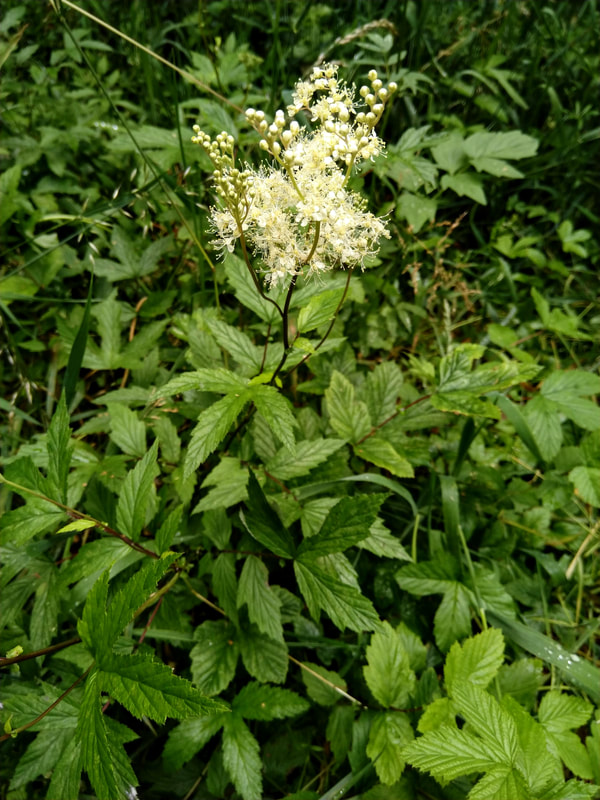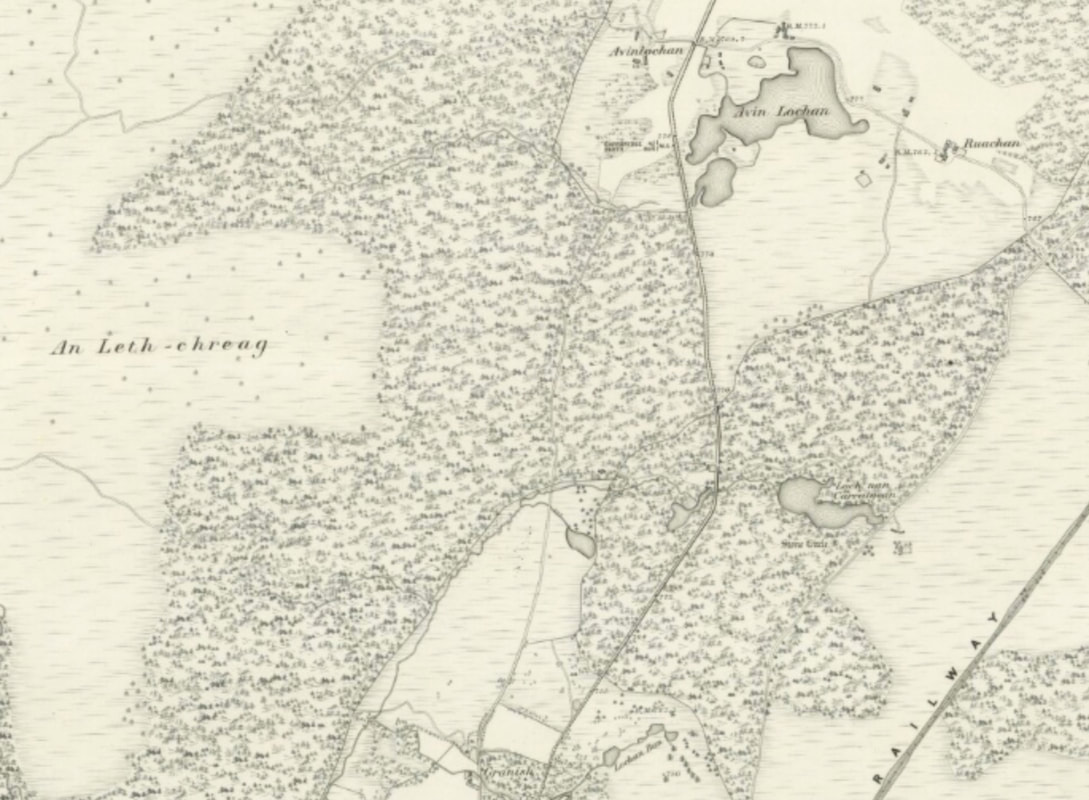|
It's #folklorethursday! Loch Morlich at Glenmore, near Aviemore, has been getting all sorts of the wrong attention lately - I wonder if the folks leaving litter and chopping trees and starting fires know about Red Hand, the ghost of a gigantic Highland warrior who marches up and down the beach?! Maybe if they did, they'd act a bit differently... He carries a sword, drawn and ready to use in his left hand, and his right hand is covered in blood. He used to challenge beachgoers to fights, but now apparently urges hunters and poachers not to leave maimed animals to die a slow death, and to take only what they need from the hills. Any who disobey him incur his terrible wrath... Perhaps we can apply this to current days, and the importance of acting responsibly and using only what we need. We don't want to tempt Red Hand! #leavenotrace #takithame If you'd like to hear more stories and folktales of Aviemore and the Cairngorms, join an upcoming wee guided walk!
0 Comments
Completely forgot about #FolkloreThursday last week, so here's a special snippet! Cú Chulainn was a mighty warrior with seven toes on each foot, seven fingers on each hand, and seven pupils in each eye. He lived in northeast Ireland around the 1st century AD and travelled to Scotland to learn the art of war under the famous warrior woman Sgàthach (linked to the Isle of Skye). He was known for his superhuman strength and exploits, as well as wielding a terrible barbed spear during frenzied rages where he would become terribly deformed and disfigured. The only thing that would return him to his usual form (and calm him down!) was bathing in meadowsweet, and because of this the plant is know in Scottish (and Irish) Gaelic as Crios Chú Chulainn - Cú Culainn's Belt - 2,000 years after he's said to have lived. Pretty impressive! (It's also worth mentioning that Áine, a goddess of Munster and protector of the earth, is said to have given meadowsweet its perfume. She was pretty amazing too.) There's plenty of meadowsweet (Filipendula ulmaria) out just now so go hunting for it and give it a sniff! You're likely to find it in verges and damp places; it has quite distinctive red-ish stems and the cream flowers look quite fluffy from a distance. If you'd like to hear more stories and folktales of Aviemore and the Cairngorms, join an upcoming wee guided walk!
It's #folklorethursday - here on An Leth-Chreag (the Half Crag) to the west of Aviemore is said to be a cave in which foresters planting the hillside found a musket. The slightly more mysterious version of this tale goes that a man tending his goatherd saw one of his charges disappear down a hole. Concerned, and no doubt curious, he followed, and found a cave fully stocked as an armoury. He vowed to return and help himself to the unguarded weapons... but alas couldn't again find the cave. This is a frequent theme in Highlands stories! An escaping Jacobite from Culloden was also said to have hidden here... I haven't found it, yet. -- Map from 1875 Ordnance Survey 6 inch series, from the National Library of Scotland: https://maps.nls.uk/view/74427080 (Beware, many hours may be lost browsing the maps here...) If you'd like to hear more stories and folktales of Aviemore and the Cairngorms, join an upcoming wee guided walk!
|
AuthorSarah Hobbs - read more on the About page. Archives
July 2023
Categories |





 RSS Feed
RSS Feed